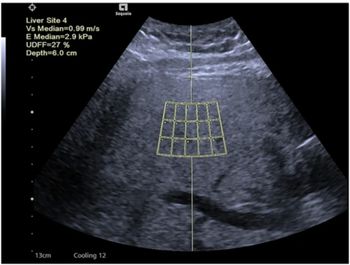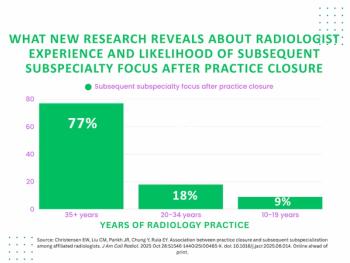
U.S. and European Union come to terms on accord for medical device testing
MRA should shorten delays in marketing products in U.S. and E.U.The governments of the U.S. and the European Union have removed a substantial barrier to transatlantic trade by agreeing to recognize each other's product-testing bodies as competent
MRA should shorten delays in marketing products in U.S. and E.U.
The governments of the U.S. and the European Union have removed a substantial barrier to transatlantic trade by agreeing to recognize each other's product-testing bodies as competent to test to the other's regulatory requirements. The mutual recognition agreement (MRA), which applies to medical devices, pharmaceuticals, and several other market sectors, should help cut back on delays between when a product receives clearance in the U.S. or the E.U. and when it receives subsequent clearance in the other region. Canada also arrived at a separate MRA with the E.U.
Under the terms of the MRA, the Food and Drug Administration will accept quality system inspections carried out by third-party bodies in the E.U. after a three-year transition program. Similarly, the E.U. will accept the FDA's good manufacturing practices (GMP) inspections. Equivalence will be determined under the three-year transition period between the European Conformity Assessment Bodies and the FDA. Following the completion of this period, FDA and E.U. officials will no longer have to travel across the Atlantic to conduct inspections, although both parties reserve the right to conduct their own inspections.
In addition, the FDA will allow third-party organizations accredited by the E.U. to participate in the FDA's third-party review pilot program, which authorizes third parties to review certain low- and medium-risk devices according to FDA 510(k) requirements. The E.U. will also allow the FDA and eligible U.S. test houses to review the same basic range of products using the E.U.'s requirements for medical technology, according to the Health Industry Manufacturers Association of Washington, DC. That's especially good news for vendors that will experience substantial cost savings by not having to perform duplicate testing.
The FDA will retain final authority over clearance decisions in the U.S., however. By allowing the FDA to maintain its final decision-making ability, the E.U. removed the final sticking points in the negotiations, said Edward Rozynski, executive vice president for global strategy and analysis of HIMA.
"The Europeans wanted the FDA to potentially reach an agreement that went beyond U.S. law," Rozynski said. "Once the Europeans recognized that there were certain limits in terms of what the FDA could delegate to others, that broke the logjam and paved the way for the agreement."
Negotiations over the MRA had been continuing for three years, with officials from the U.S. Trade Representative's Office, the U.S. Department of Commerce, and the FDA all participating on the U.S. negotiating team. Contributions were also made by major U.S. and European companies through the Transatlantic Business Dialogue (TABD), which was organized by E.U. and U.S. administrations in 1995 with the goal of securing a transatlantic marketplace where products that are approved in one location are approved everywhere.
The FDA plans to publish parts of the MRA relevant to the agency in the Federal Register for public notice and comment. In addition to medical devices and pharmaceuticals, the MRA covers market sectors such as telecommunications equipment, electrical equipment, and recreational craft.
Medical industry observers, both in the U.S. and in Europe, generally reacted positively to the agreement. The MRA will have a tremendous long-term impact on increasing the competitiveness of U.S. and European medical device manufacturers, Rozynski said.
"It will also help drive harmonization in how both the FDA and the European governments review medical technology," Rozynski said. "That will provide a big benefit, not only to industry, but to patients."
The MRA's potential for harmonization of standards is a step in the right direction, said Jan Kees van Soest, chief technology officer for Philips Medical Systems in Best, the Netherlands.
"We hope that the MRA is an incentive for both parties to accept internationally recognized safety standards, such as ISO," van Soest said. "With this MRA, the U.S. and Europe are entering into a confidence-building period, moving the industry in a positive direction."
For some, however, the agreement falls short of expectations. While the MRA does offer some relief to vendors, it does not reach the goal of deregulation as intended by the Transatlantic Business Dialogue, said Werner Schoenbuehler, director of quality management at Siemens Medical Engineering Group in Erlangen, Germany.
"The MRA is a step forward, but I'm afraid it will not bring any real deregulation," Schoenbuehler said. "Harmonization of aspects of the regulations can bring relief to a certain level, but it will not lead to a 'certified once, market everywhere' solution that would bring the cost cuts everybody would like to see."
The E.U.'s MRA with Canada, although similar in structure, goes further than its agreement with the U.S. All types of regulated devices in both the E.U. and Canada will be covered, and there will be only a two-year transition period.
Newsletter
Stay at the forefront of radiology with the Diagnostic Imaging newsletter, delivering the latest news, clinical insights, and imaging advancements for today’s radiologists.






























